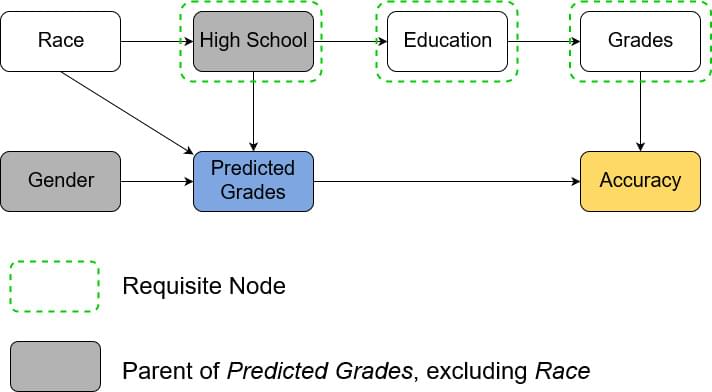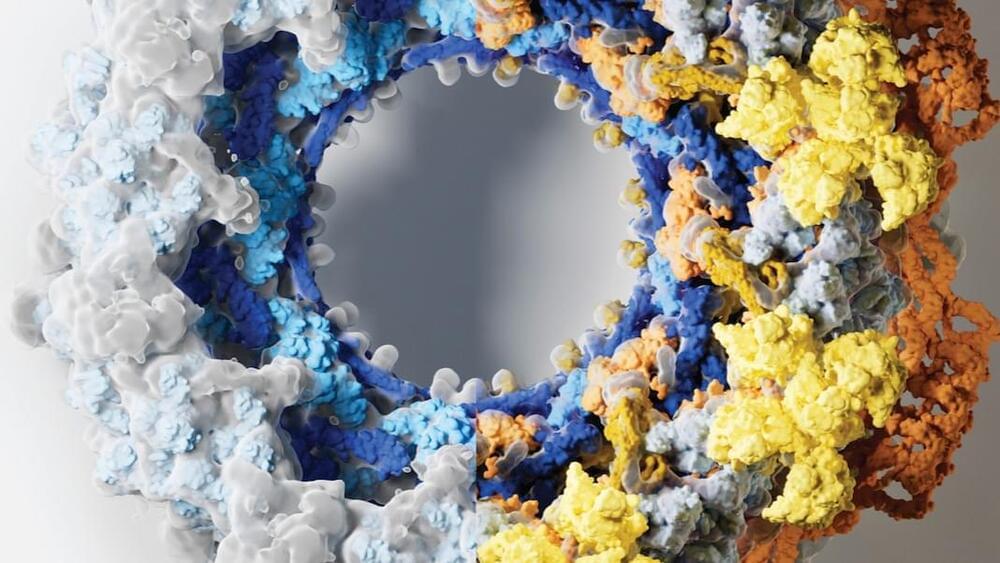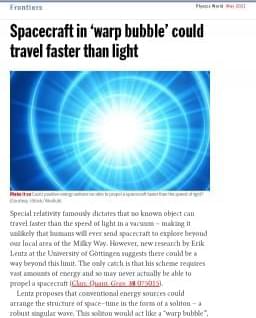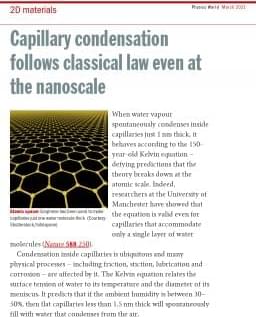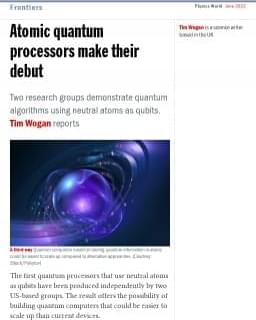Jun 28, 2022
An Autonomous Ship Used AI to Cross the Atlantic Without a Human Crew
Posted by Shubham Ghosh Roy in categories: information science, robotics/AI, solar power, sustainability, transportation
The differences? The new Mayflower—logically dubbed the Mayflower 400—is a 50-foot-long trimaran (that’s a boat that has one main hull with a smaller hull attached on either side), can go up to 10 knots or 18.5 kilometers an hour, is powered by electric motors that run on solar energy (with diesel as a backup if needed), and required a crew of… zero.
That’s because the ship was navigated by an on-board AI. Like a self-driving car, the ship was tricked out with multiple cameras (6 of them) and sensors (45 of them) to feed the AI information about its surroundings and help it make wise navigation decisions, such as re-routing around spots with bad weather. There’s also onboard radar and GPS, as well as altitude and water-depth detectors.
The ship and its voyage were a collaboration between IBM and a marine research non-profit called ProMare. Engineers trained the Mayflower 400’s “AI Captain” on petabytes of data; according to an IBM overview about the ship, its decisions are based on if/then rules and machine learning models for pattern recognition, but also go beyond these standards. The algorithm “learns from the outcomes of its decisions, makes predictions about the future, manages risks, and refines its knowledge through experience.” It’s also able to integrat e far more inputs in real time than a human is capable of.

